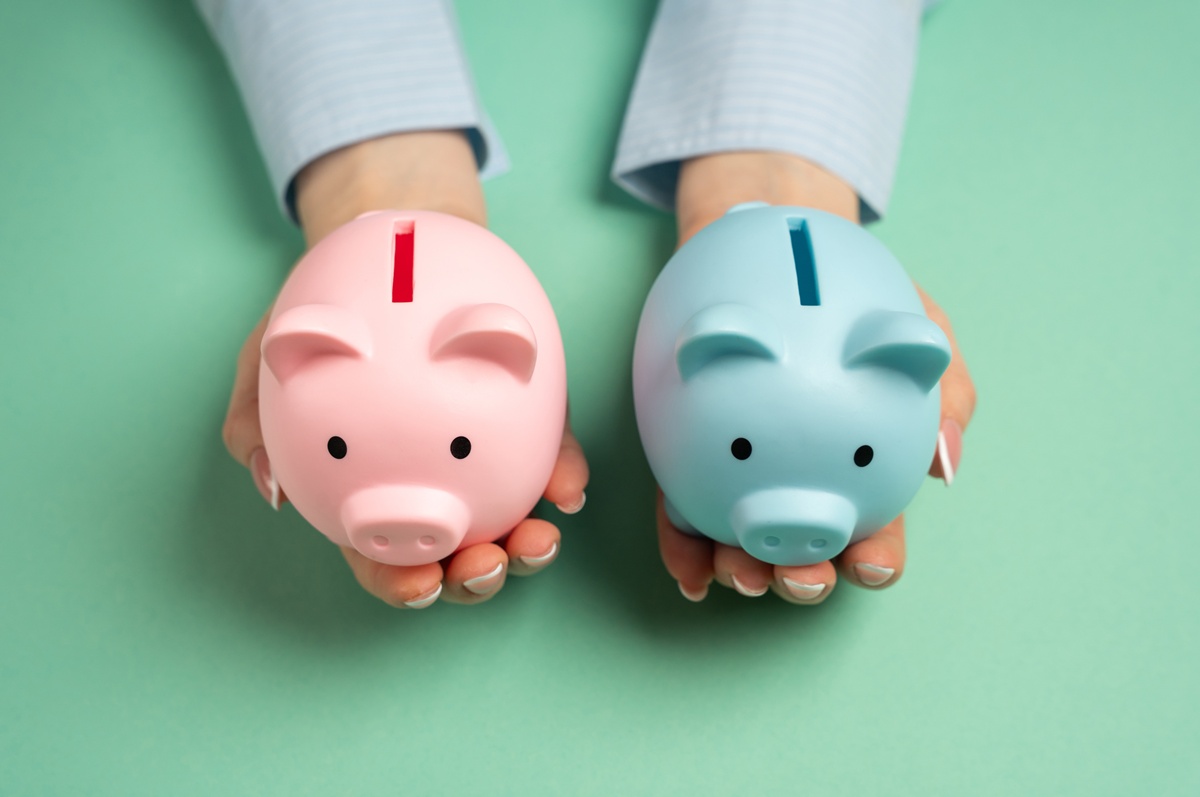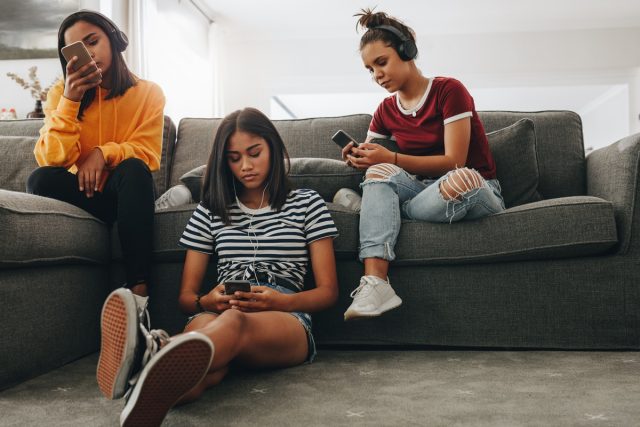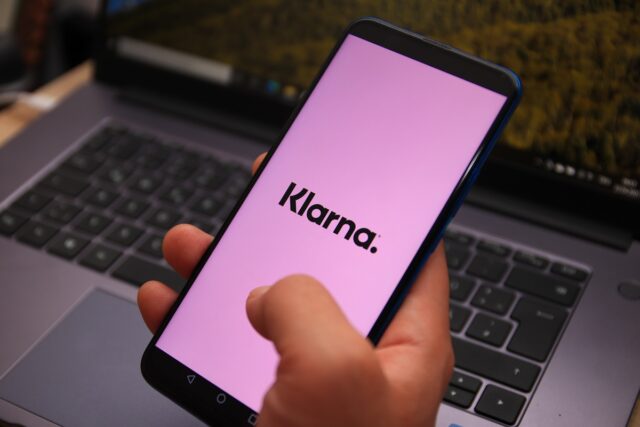March 31, 2025
53% of Americans worry about unexpected expenses in 2025

As the cost of living continues to rise, many Americans are struggling to keep up with unplanned expenses, leading to heightened financial anxiety.
The research, conducted by Splitit and PYMNTS reveals over 50% of Americans are worried about affording unexpected expenses in 2025, which are pushing consumers toward alternative payment methods.
The report, “Managing Unplanned Expenses: How The Pay Later Economy Fits Consumer Needs,” surveyed over 7,000 consumers and found that unplanned expenses—such as emergency car repairs (42.9%) and home repair costs (34.3%)—continue to strain household budgets. With home repairs averaging $2,112, many consumers find themselves relying on credit cards or financing options to cover these sudden costs.
Despite the surge in Buy Now, Pay Later (BNPL) services, only 9% of consumers used them for emergency expenses. Instead, credit cards remain the go-to option, especially among Baby Boomers, with 38% using them to manage unexpected costs. The data suggests a growing appetite for payment flexibility, with many consumers seeking budget-friendly solutions that provide transparency and control.
Gen Z is the most financially anxious
The median emergency expense is $605, and 50% of consumers expect to make fewer impulse purchases this year due to rising costs. Among different age groups, Gen Z stands out as the most financially anxious, with 63% expressing fears about covering sudden expenses.
In the past three months, 36% of consumers reported making an impulse purchase of at least $250, with a median spend of $497. When it comes to managing these emergency expenses, 33% of consumers used a credit card for their last emergency purchase, while 45% of Buy Now, Pay Later (BNPL) users cited guaranteed approval as a key factor in their decision to use this payment option.
Notably, Gen Z is leading the shift toward instalment payments, with 24% opting for merchant-offered plans, which is double the rate seen in older generations.
In times of uncertainty, many people still resort to credit cards. Those with strong credit are more likely to finance unexpected expenses, while those with below-average credit hesitate due to limited financing options. Millennials and Gen Z, in particular, are embracing flexible payment plans, with 26% of millennials expecting to increase impulse spending in the coming year.
Despite financial caution taking hold, impulse buying remains a significant force. Half of consumers admitted to making unplanned purchases last year, emphasising the tension between careful budgeting and spontaneous spending.



